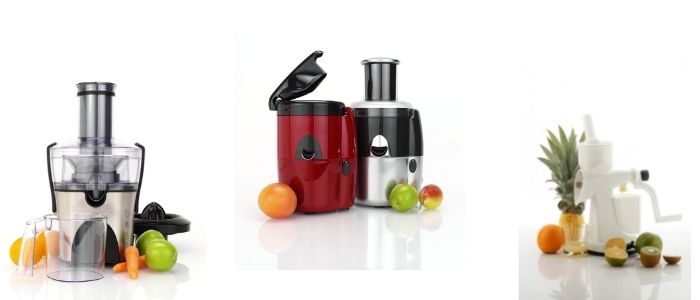I was so excited to start juicing again after a long hiatus, but my juicer stopped working. I wasn’t sure what to do, especially because I didn’t have the receipt. Thankfully, there are a few things that can be done in order to troubleshoot the issue.
If you have an issue with your juicer not working, then you may be wondering how to fix it. In this post, we will go over some of the most common issues that people have with their juicers, and how to fix them.
Also Read: How to mix bye bye belly juice
What could be wrong with your juicer and how can you fix it?
If your juicer is not working, there could be a number of potential problems. First, check to see if the juicer is plugged in and operating correctly. If it is not, try recharging the battery. If that does not work, there could be a problem with the motor or some other component. If you are unable to determine the source of the problem, you may need to take the juicer in for repair or replacement.
Troubleshooting Tips: Ways to diagnose and fix common juicer issues.
When your juicer isn’t working, it can be frustrating. There are a few things you can do to try and diagnose the issue and fix it. Here are some tips:
- Check to make sure all of the parts are properly attached. Some juicers have removable parts that can be easy to lose or damage. Make sure all of the parts are tightly attached and in the correct position.
- Check to see if there is juice flowing from the juicer. If there isn’t any juice coming out, chances are that something is blocking the juicer’s flow. Try cleaning any debris that may be blocking the juicer’s tube or blades with a brush or vacuum cleaner.
- Make sure the power is on by plugging in the juicer and verifying that it’s getting an electrical outlet.
The Different Juicers: What makes them different and what can go wrong with them.
The best juicers can make juices that are high in nutrients and low in sugar. However, some Juicers can be less effective than others. Here are the different types of Juicers and what makes them unique:
Centrifugal Juicers: These are the oldest type of Juicer and use a fan or rotor to create pressure and breaking down the fruits and vegetables into small pieces. They tend to be less efficient because they don’t extract as much juice from the fruits and vegetables as other types of Juicers do.
Masticating Juicers: These machines use a grinding action to break down the fruit or vegetable into tiny pieces which then gets sucked up into a filter.
Why is my juicer not working
If your juicer is not working, there could be a few reasons. First and foremost, check to see if the power is turned on to the unit. If it’s not, then you’ll need to check the power cord for any breaks or kinks. If the power is still not working, then you’ll need to troubleshoot the juicer’s electrical components. If all of these steps fail to resolve the issue, it may be time for a new juicer.
How to Fix a Juicer That Won’t Start: Some basic troubleshooting steps.
If your juicer is not starting, there are a few basic troubleshooting steps you can take to determine the cause.
- First, ensure that the juicer is plugged in and turned on. If it is not, check to see if the power cord is plugged in firmly and correctly.
- Next, try switching the juicer’s power switch to “OFF” and then back to “ON.”
- Finally, press and hold down the juice button for two seconds until the machine starts up. If these steps do not work, please call an expert for assistance.
The Worst Case Scenario: If all else fails, what to do in this situation.
The worst case scenario when your juicer not working is that you are forced to resort to using the old-fashioned method of extracting juice from fruits and vegetables. This process can be tedious, time consuming, and sometimes messy. Here are a few tips to make the process as smooth as possible:
- Choose the right type of fruit or vegetable for juicing. Juices made from tough or fibrous vegetables will require more time to extract their nutrients than juices made from softer fruits.
- If you have a twin-gear juicer, use the upper gear to help break down the cell walls of tougher vegetables. Single-gear juicers may be less efficient at this task, so choose your ingredients accordingly.
- Make sure all your ingredients are clean and free of debris before beginning.
Conclusion: Your juicer is fixed – or not?
In conclusion, whether your juicer is fixed or not is a personal preference. If you’re looking for a more hands-off experience, a juicer with a motor may be a better option for you. Conversely, if you’re the type of person who likes to be in control of every aspect of your food, go for a juicer without a motor. Either way, choosing the right juicer is important for getting the most out of your healthy eating habits. I hope after reading this article, you won’t have any confusion about Juicer Not Working.
